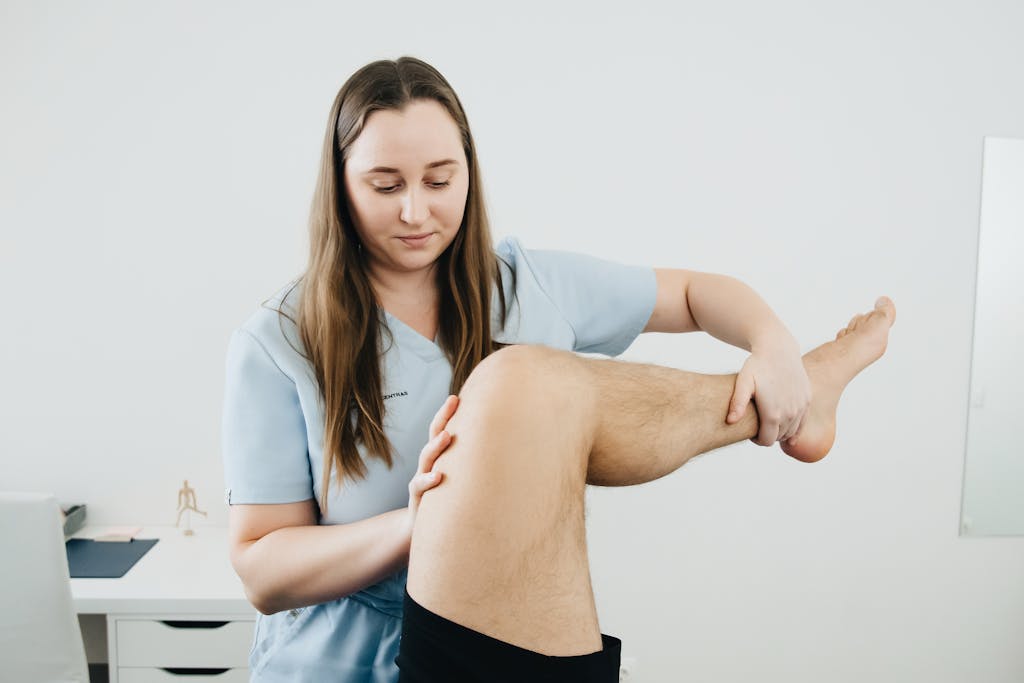Knee pain creams have gained popularity as an easy and convenient way to manage joint discomfort without relying on oral medications. These topical treatments are marketed to provide quick relief by reducing pain and inflammation in the affected area. However, their effectiveness depends on the type of cream, active ingredients, and the severity of knee pain.
How Knee Pain Creams Work
Most knee pain creams contain active ingredients that target pain receptors or reduce inflammation. When applied to the skin, these ingredients penetrate the tissues and work to relieve discomfort. While they may not cure the underlying cause of knee pain, they can offer temporary relief and improve mobility for individuals dealing with arthritis, muscle strain, or minor injuries.
Common Ingredients in Knee Pain Creams
Different types of pain relief creams use various ingredients to target knee pain. Some of the most common include menthol, which creates a cooling sensation that temporarily numbs pain. Capsaicin, derived from chili peppers, works by blocking pain signals to the brain, reducing discomfort over time. Nonsteroidal anti-inflammatory drugs (NSAIDs) like diclofenac help reduce inflammation and swelling, making them effective for arthritis-related knee pain.
Effectiveness for Different Types of Knee Pain
Knee pain creams work best for mild to moderate discomfort caused by muscle soreness, minor injuries, or arthritis. They are not a long-term solution for severe conditions such as ligament tears or advanced osteoarthritis, where medical treatment or surgery may be required. Individuals with chronic knee pain may need to use topical treatments in combination with other therapies, such as physical therapy or oral medications, for better results.
Potential Side Effects and Considerations
While knee pain creams are generally safe, some users may experience skin irritation, redness, or allergic reactions. It is important to test a small amount on the skin before applying it to a larger area. Additionally, individuals with sensitive skin or pre-existing skin conditions should consult a healthcare provider before using certain topical treatments. Overuse of some creams, especially those containing NSAIDs, can also lead to unwanted side effects, such as skin thinning or systemic absorption of the medication.
Alternatives to Knee Pain Creams
For those seeking alternative pain relief methods, treatments such as physical therapy, massage, and acupuncture can provide long-term benefits. Lifestyle changes, including weight management and regular exercise, also play a crucial role in reducing knee pain. Natural remedies like warm compresses, Epsom salt baths, and anti-inflammatory diets can complement the use of topical pain relievers for better results.
Knee pain creams can be a useful tool for managing discomfort, especially for mild to moderate pain. While they offer temporary relief, they should not be considered a replacement for medical treatment or lifestyle changes that address the root cause of knee pain. Understanding the ingredients, potential side effects, and limitations of these creams helps individuals make informed choices about their pain management strategies. Consulting a healthcare professional ensures that knee pain is treated effectively with the most appropriate approach.

